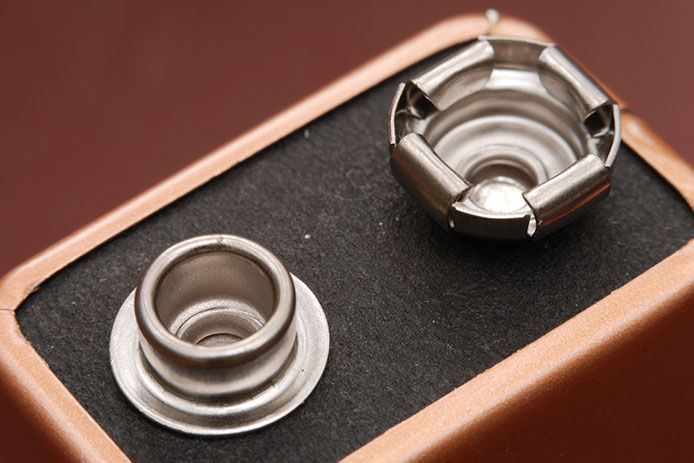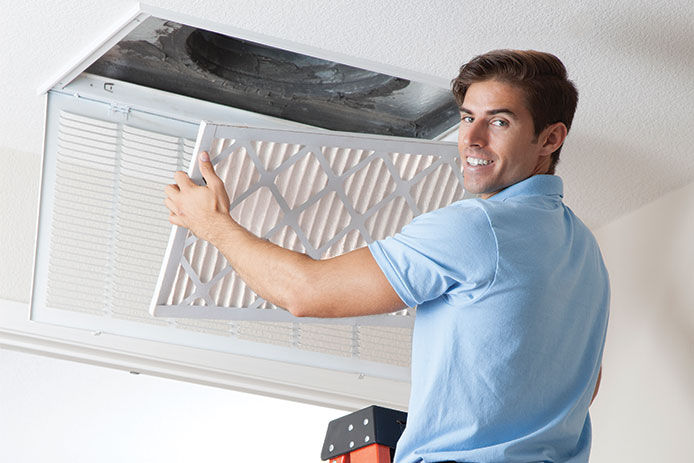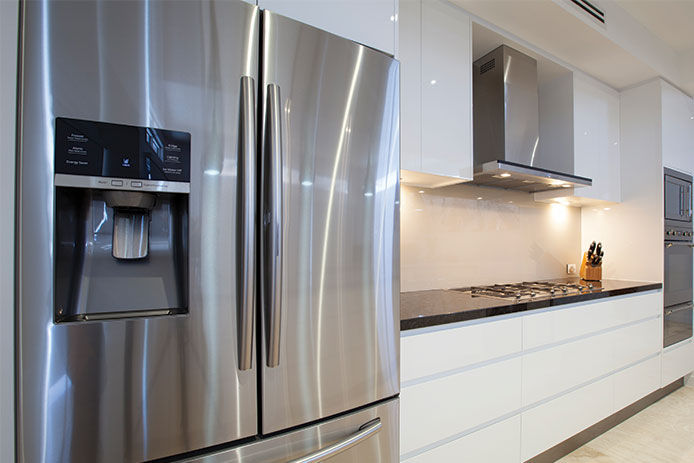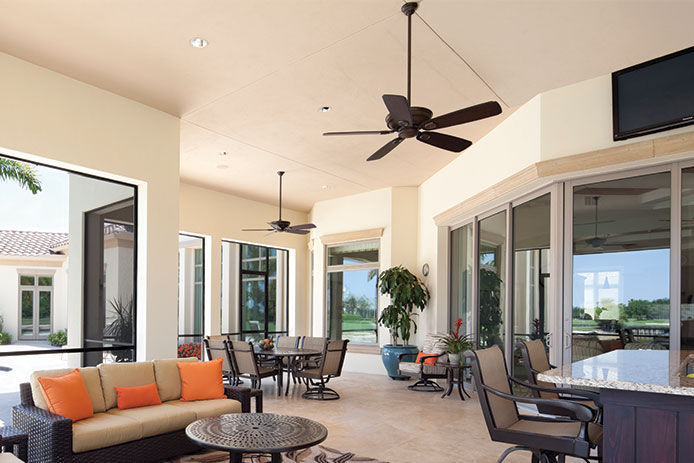Time-change Checklist

While there is a lively debate twice a year about the purpose and value of continuing the time change tradition, it is still currently part of the annual process in the US. Both the spring and fall time changes are ideal occasions for doing a basic safety checkup for the home. Most of these tasks will only take a few minutes, yet they can be life-saving if they prevent serious hazards or emergencies later. When you’re already moving around the house updating the clocks, make time for these other useful routine tasks.
Change All the Batteries

Take a stroll around the house and see what’s battery-powered, including the clocks, smoke alarms, and more. Battery-powered systems and units are often essential for safe home living, such as the batteries that power security systems or flood alarms. If you rely on a radon gas system, ensure that the sensors that power it is refreshed if they’re battery-powered. You may decide that you want to switch some sensors and security systems over to hard-wired installation to reduce the number of batteries in your home. Don’t forget about batteries in flashlights, emergency radios, and other rarely used supplies.
Change the Air Filters

Both time changes occur during periods that are transitional between heating and cooling in most parts of the country. This means it is the ideal time to change out the air filters in the furnace and air conditioner. While the basic filters should be changed at least once every three months, inner filters deep in the system often go longer without changing. Ensure that the furnace's inner filters are replaced in particular before the system is switched on for the winter. This is a common cause of unpleasant odors and irritating dust that can exacerbate allergies.
Audit Your Pantry and Refrigerator

When was the last time you checked the expiration dates on the flour, baking powder, and other goods in your pantry? If you’re like most people, it’s likely slipped your mind for months or even years. Take the time to quickly audit what’s in your pantry and then follow up with a refrigerator check. Make a list of anything you need to replace, then toss or compost whatever you must. You’ll be ready for baking and cooking without any concerns that the item you reach for is spoiled.
Check Your Insurance Policies

Don’t just concern yourself with the physical checkup of the home. Look into protecting your home, vehicle, and even your family by completing an insurance policy update. Make sure you’re keeping your assets recorded properly so that a sudden loss won’t leave you scrambling to document your belongings. If you think you’re overpaying, take an afternoon to shop around and find a new carrier. Not only will you save money, updating your policy can ensure that you have the coverage you need despite recent life changes.
Deep-clean Your Appliances

Most of the appliances in your home will run a lot smoother (and for longer) if they are deep cleaned twice a year. This includes:
|
|
Each of these appliances has its own protocol for deep cleaning, but you can find tricks to make each step easier. While it may sound overwhelming, each of these appliances usually only requires a few minutes of work to prepare for the next few months. Doing it all will take less than a weekend and will leave your home cleaner than ever.

Finally, finish up your preparations for the changing seasons by switching your fans to the opposite position. Ceiling fans are essential for keeping homes comfortable in both winter and summer. In the winter, they need to push air downward to return warm air to the floor. For the summer, the opposite is preferred. Check which way the fans in your homes are switched to rotate, then make sure it’s right for the season.
Making the time change into a larger routine of home safety and checkups is a good way to avoid missing it. Don’t be afraid to manually change your clocks ahead of time rather than waiting for any automated changes. You don’t want to fall back on a single outdated clock that leaves you late for an appointment.
While do-it-yourself projects can be fun and fulfilling, there is always a potential for personal injury or property damage. We strongly suggest that any project beyond your abilities be left to licensed professionals such as electricians, plumbers, and carpenters. Any action you take upon the information on this website is strictly at your own risk, and we assume no responsibility or liability for the contents of this article.